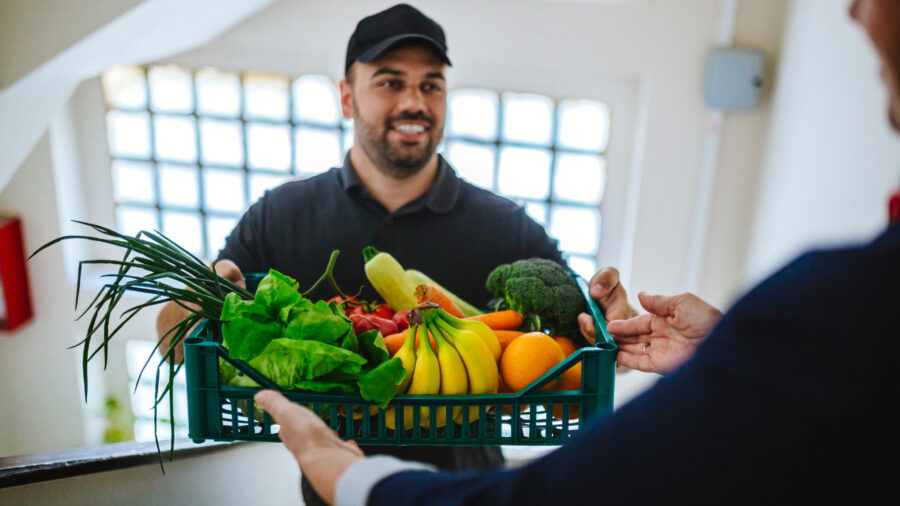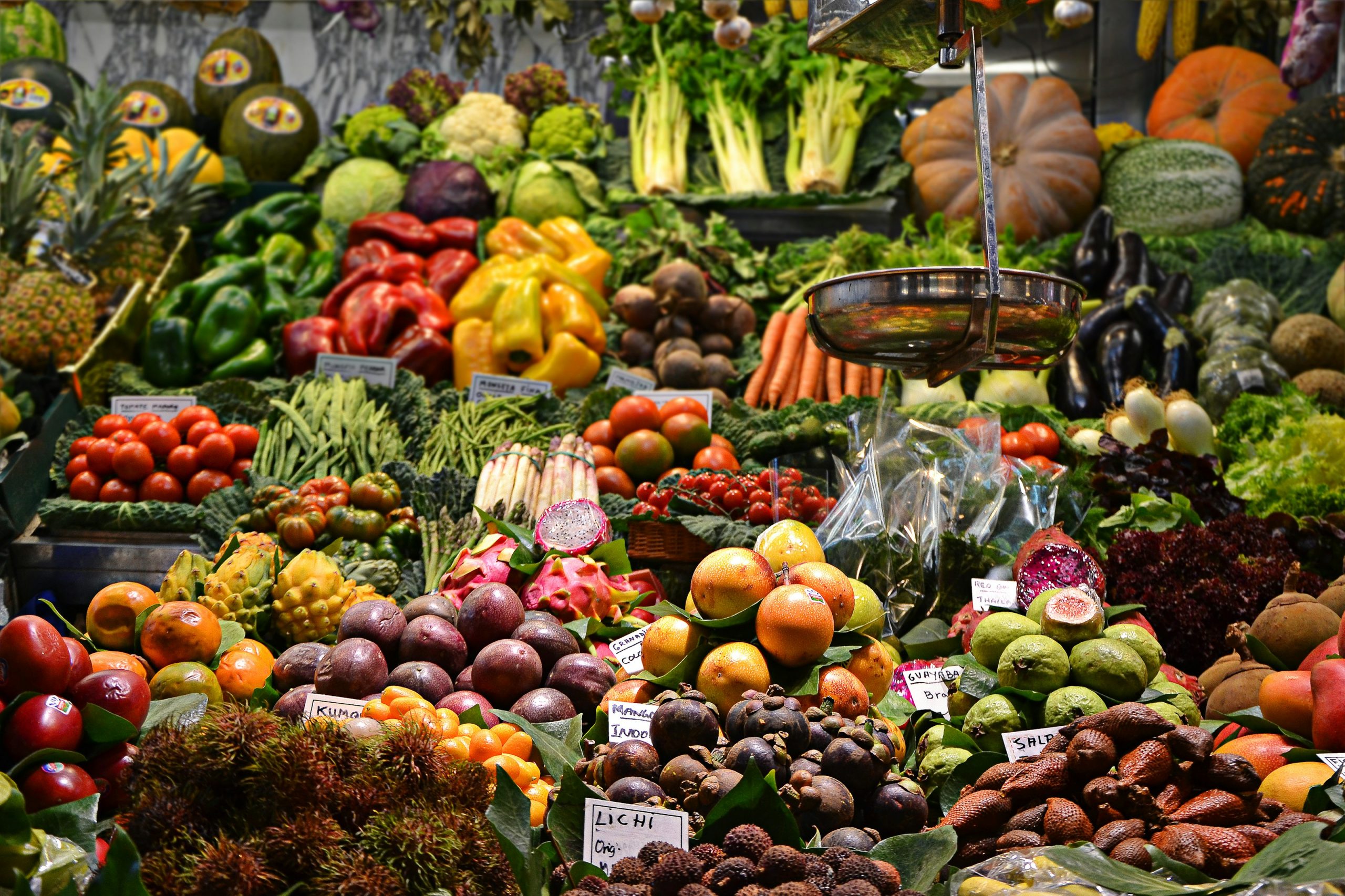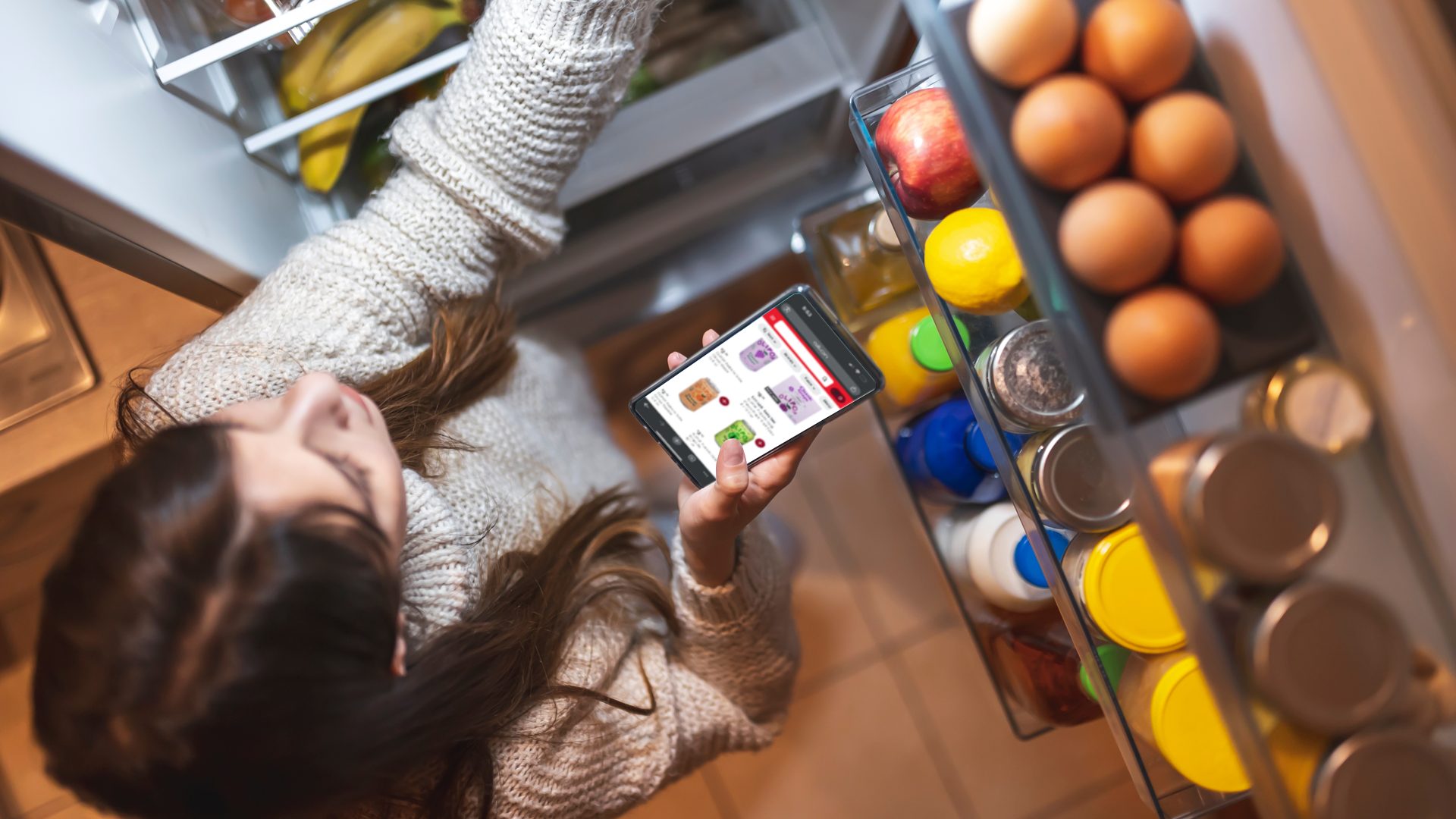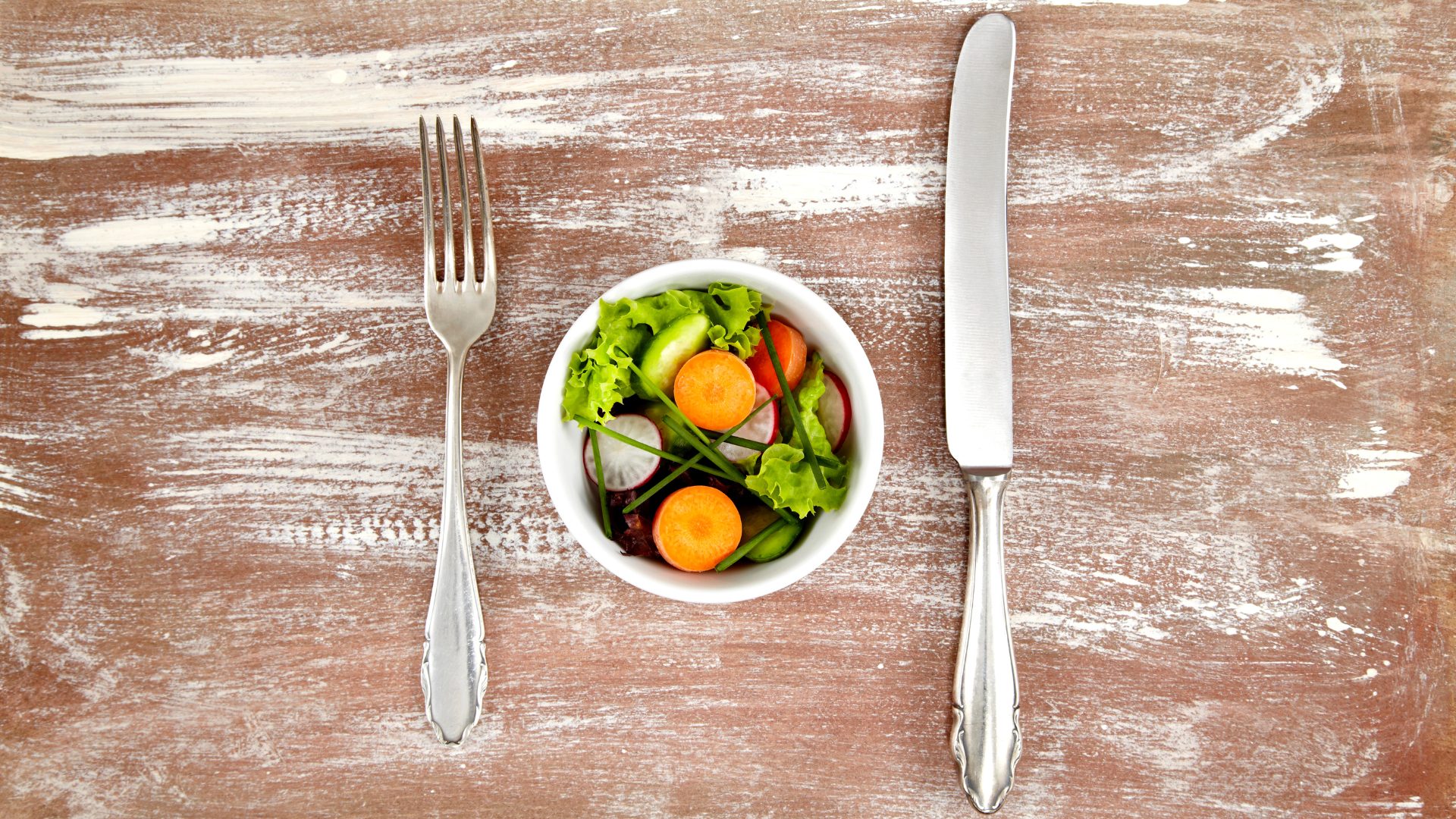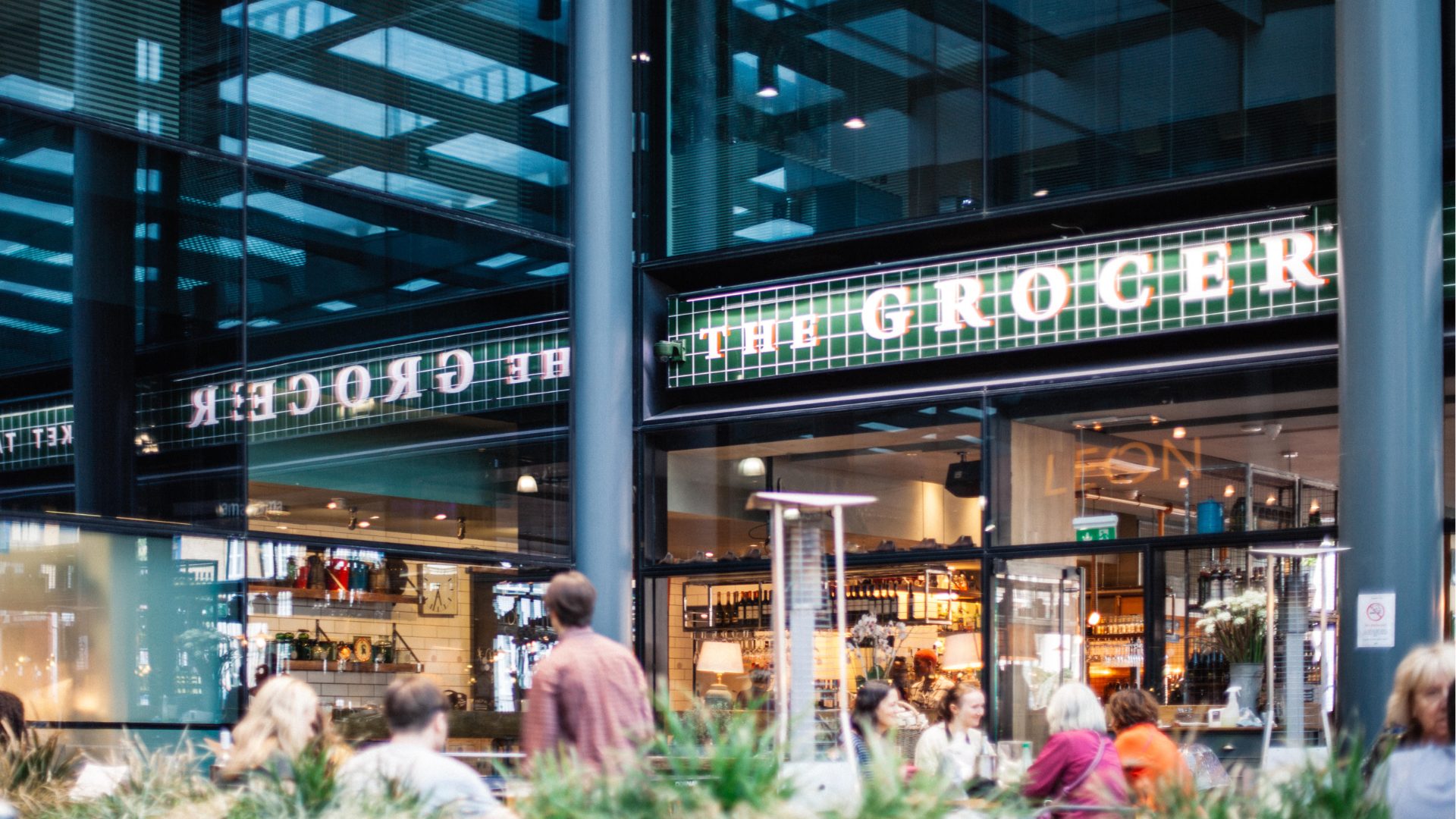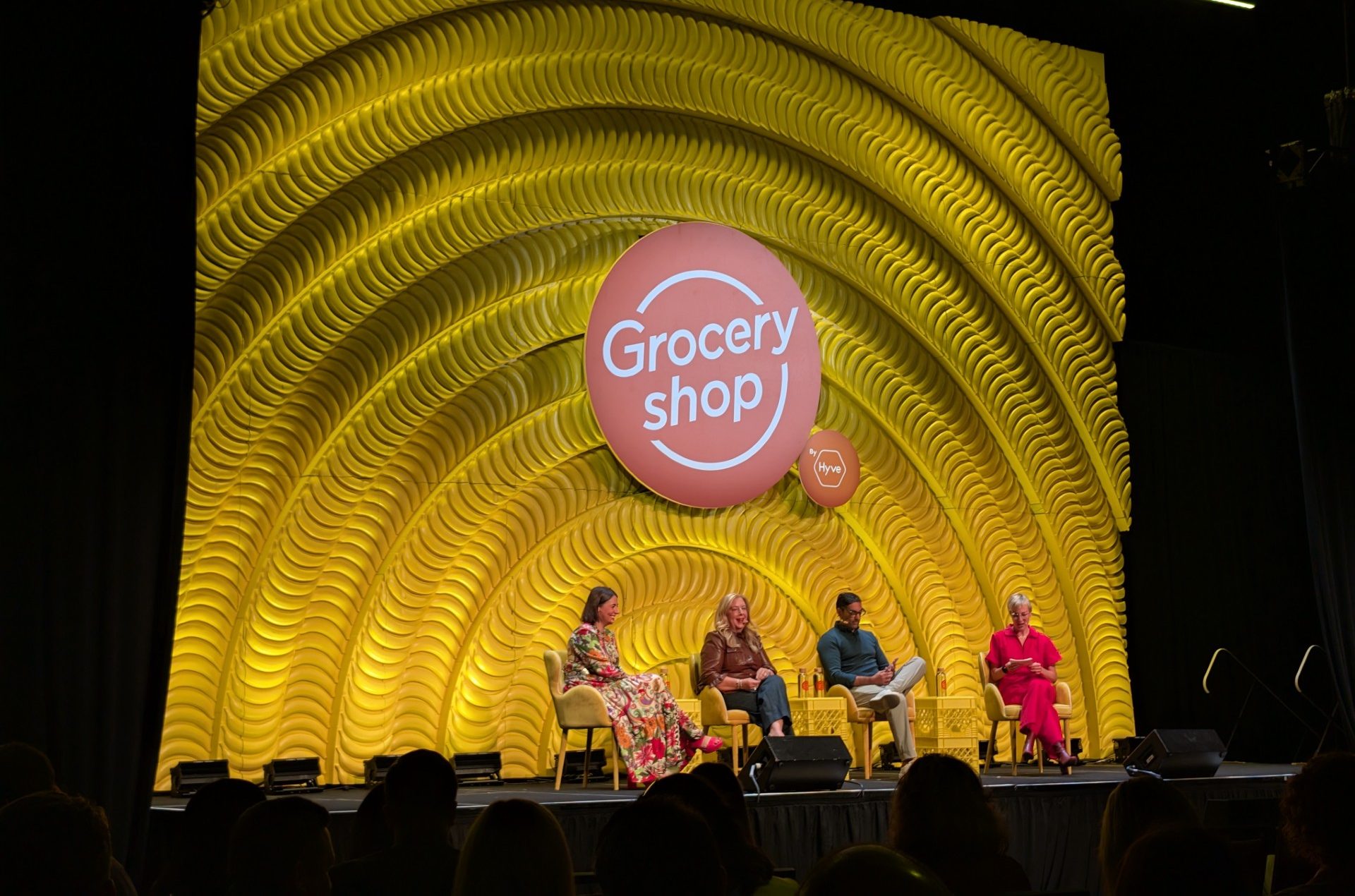PHILADELPHIA – Grocery delivery is here to stay, but the option can be costlier for grocers than traditional brick-and-mortar store visits or even curbside pickup. Fulfillment experts shared their advice for maximizing the profitability of grocery fulfillment models during the Home Delivery World Conference recently, in Philadelphia.
One of the key takeaways was that retailers shouldn’t focus too hard on rapid delivery, according to Michael Fiorito, Senior Sales Executive at Exotec. Some shoppers will occasionally need something immediately, but that pool isn’t large enough to base a whole business around, and the challenge of achieving such a rapid turnaround can cost more than it brings in.
“Sure, you might find that you forgot something in your order, and some people will return to shopping to get it, but we certainly weren’t finding that people want to build a large enough basket that we can make a financially viable business,” said Fiorito. “People who are building a large enough basket to make it worthwhile don’t need it in 15 minutes.
“A two-to-four-hour delivery system is fine for this sort of commodity,” he said.
Encourage Consistency
Encouraging consistency between orders is also important whenever possible, according to Paul Johnson, VP of Operations Excellence at Farmstead.
Staging a delivery is a time-consuming process and having a good idea of what shoppers want and when they want it can make it easier and less expensive to have the right products in the right numbers. More accurate orders also can boost sustainability by reducing the amount of wasted food.
“Everything becomes focused on how we can do things more efficiently and cheaper,” Johnson said. “One of the advantages we have at Farmstead is we encourage people to have a weekly delivery, because the weekly deliveries remain relatively static, like how many gallons of milk I need or how many boxes of yogurt I need. This means I can order extraordinarily efficiently from suppliers.”
Innovations Increasing
The recent growth in grocery delivery echoes what has been happening in Europe for over a decade, and both Johnson and Fiorito believe a greater emphasis on microfulfillment centers and dark stores will be necessary to meet demand while keeping costs low. Layouts for customers and pickers are very different from one another, so specialized designs can better fit each need.
Automation is also expected to play a major role in this evolution, according to Fiorito. Retail giants like Amazon have already paved the way, and major grocers like Kroger, Albertsons and Giant Eagle are already improving efficiency with automation.
The rest of the industry needs to prepare their own adoption strategies as the technology becomes cheaper and more mainstream.
“You want to plan out what the business goal is, and then you design the solution around the business,” said Fiorito. “Starting out it has to be something that not only is flexible in terms of scalability, but also has to have no one single point of failure. That’s really the key; You want to make sure that if one robot fails the system isn’t down. It also has to be flexible in terms of how it’s going to operate in multiple environments.”


